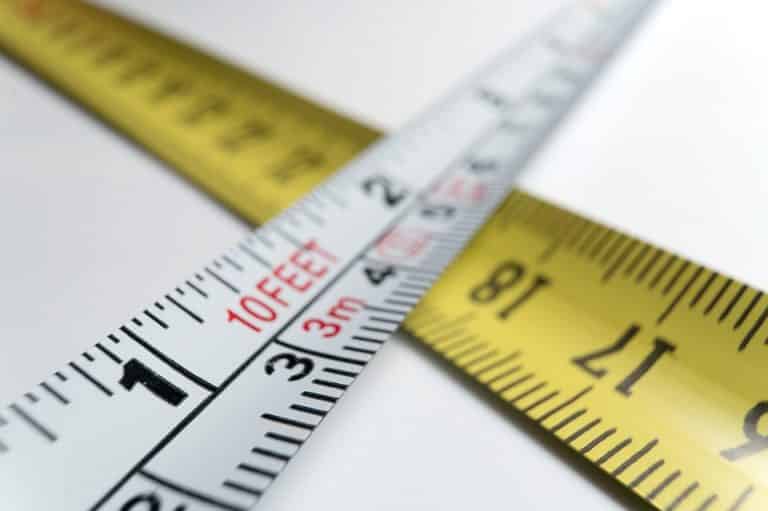A Guide to Building a Generator Enclosure

Protecting your portable generator is a must if you want to protect it from weather, wildlife, and theft, but why buy an enclosure and baffle box when you can make them yourself? This blog will give you a simple, straightforward guide to building a generator enclosure.
supplies needed to build a generator enclosure
- Measuring tape
- 3 louvered vents
- An aluminum sheet
- 1” deck screws
- Bungee cords
- Dremel
- Jigsaw
- 1/4 and ½” machine screws
- Carpentry pencil
- 0.5” Plywood (depending on the size of your generator)
- 8 L-Brackets
- Sealant caulk
- 0.5” hardwood railing bars (length you need)
Designing your generator Enclosure
When drawing up a sketch of your enclosure, be sure to design it so that exhaust air and heat can escape, and note where the exhaust, cooling fan, temperature monitoring system, vents and any other cool feature you may want to add will be positioned. Also, it would be wise to include 2-3 inches of space between the generator and baffle box.
The Top Panel
First, cut out the 0.5-inch plywood with a saw according to the total top dimensions, including the 2-3 inches of allowance space.
Next, measure and cut out two 0.5” railing bars according to the length of the top panel, and two more according to the width.
Lastly, attach these railing bars to the top panel using the 1” deck screws.
The Front and Side Panels
The front panel should be on the same side as the engine intake air, and the back panel around the exhaust. They’re both constructed the same way, however.
First, based on the side and front dimensions, cut out three pieces of the plywood (2 sides and 1 front).
Next, on the plywood, measure the size of the louvered vents that you had prepared. Use the carpentry pencil to mark the rectangular outline. Then, use the jigsaw to cut the slots. To make it easier, use the Dremel to make holes in the outline and then cut.
Lastly, use the ½ inch screws to fix the vents to the side panels, and screw them in tightly.
The Back Panel
This is the most complicated part because of where it sits in relation to the exhaust system.
You’ll need to make the back panel slightly less than half the length of the front panel. The aluminum flashing sheet will occupy the rest of the space. This sheet should be slightly larger than the wood for the back panel.
After this, fasten the aluminum sheet to the back panel using the ¼ inch machine screws.
Assembling the Panels
First, use the 1” deck screws to attach the four panels to the top panel rail bars. Attach the L-shape brackets to each corner to ensure everything is at a right angle.
Next, seal the porous edges sealant caulk.
Lastly, use bungee cords to wrap your enclosure around the generator to keep it from blowing away.
You’re done! Enjoy your DIY generator enclosure!

